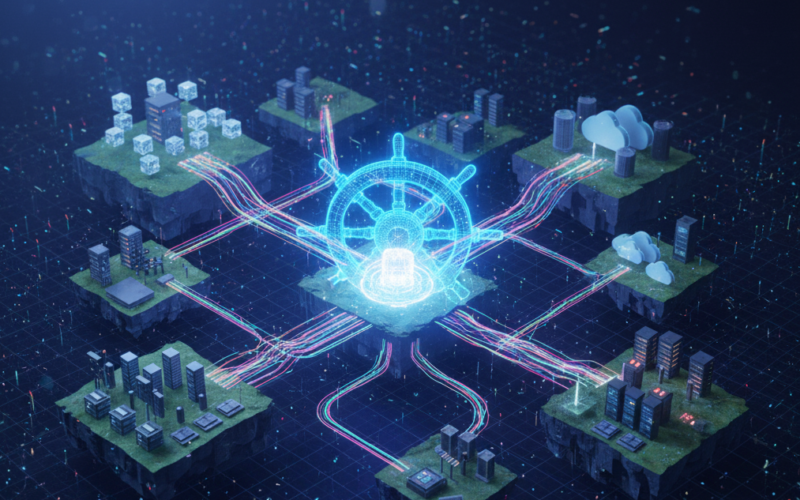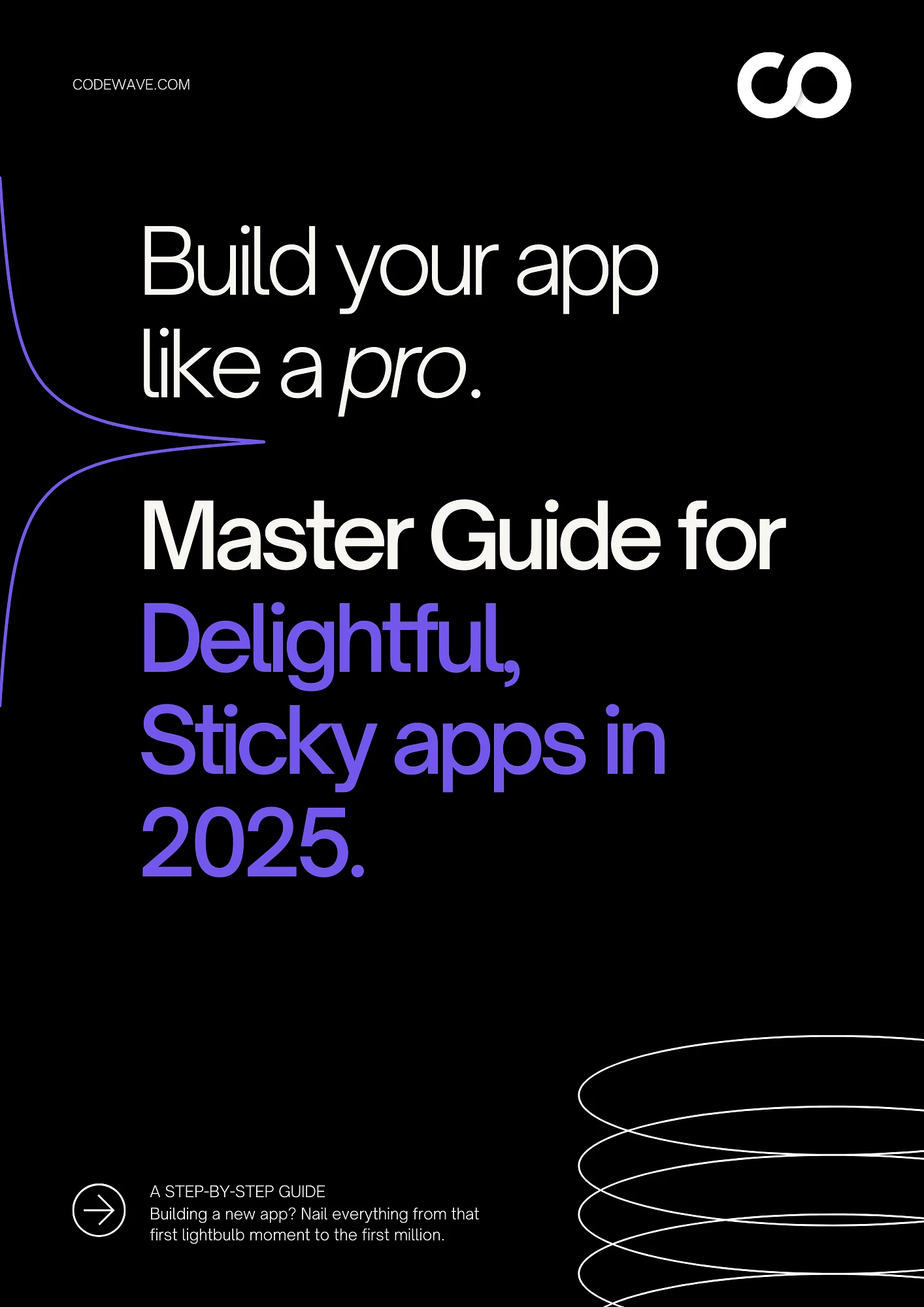Are you seeing support queues grow, response times slip, and your team struggle to keep up? If so, you’re in the same position as many Australian business leaders who are questioning whether their current service model can scale any further. The strain is showing across industries.
Australians spent an estimated 123 million hours on hold in 2024, averaging more than 11 hours per person, according to research published by ServiceNow.
At the same time, higher service costs and rising expectations for round-the-clock support are putting more pressure on your operations. Digital adoption is also climbing, with the Australian Bureau of Statistics reporting consistent growth in business digital intensity.
That is why AI chatbot development is gaining momentum in Australia. In this blog, you’ll see what is driving the shift, which tech choices matter, and how to evaluate your return.
Key Takeaways
- AI chatbots in Australia are growing because service demand, labour shortages and operational costs make manual support unsustainable.
- The strongest results come from using the right model stack, RAG architecture, secure hosting in AU regions, and clear governance.
- Chatbots drive impact across support, sales, internal workflows, and key industries such as healthcare, fintech, retail, and logistics.
- Australian companies report measurable gains, including cost reduction, faster resolutions, higher self-service rate, and improved CSAT.
- Build cost sits well below the ongoing cost of hiring, staffing, and operating large support teams, making ROI achievable within months.
What’s Changing in AI Chatbot Development in 2026?
AI chatbot development is shifting fast in Australia. More customers want immediate answers, and more teams are struggling to keep up. Businesses are responding by replacing basic, scripted bots with systems that can reason, respond, and act with greater accuracy.
Here are the key shifts you should be aware of when planning your AI chatbot development strategy in Australia:
- Chatbots are moving beyond scripted flows and adopting more autonomous, agent-style behaviours. High-performing firms report that 23 percent of their AI deployments already include “agentic” models.
- Australian sectors such as healthcare, logistics, and retail are prioritising chatbots built for their specific contexts rather than generic tools.
- Voice-enabled chatbots are gaining traction, offering hands-free support and mobile-first interaction models that are well-suited for field operations and customer service.
- Data privacy and local compliance expectations in Australia are rising sharply; organisations now demand chatbots with strong governance, on-shore data storage, and audit-capable logs.
- Input modes are expanding: chatbots now accept not just text but also voice, images, and other modalities, making them suited for more complex user interactions.
Also Read: Integrating LLMs in AI Chatbots: A Complete Guide
What Tech Stack Works Best for AI Chatbot Development in Australia
Selecting the right stack matters because your chatbot must comply with Australian data rules, integrate with multiple systems, and maintain high accuracy under load. With 52 percent of Australian businesses already using AI tools, you are building for an environment where expectations for reliability and compliance are rising.
Your choices across models, orchestration tools, knowledge systems, and hosting will directly influence the bot’s performance and long-term cost. Below is a detailed breakdown of what each layer requires.
1. LLMs and Models
Pick a model based on control, accuracy targets, and deployment constraints.
- GPT 4.1, Claude 3.5, Llama 3, Mistral
These models handle reasoning, context tracking, and multi-turn queries with high consistency. GPT and Claude work well for complex intent resolution. Llama and Mistral suit teams needing strong performance without vendor lock-in.
- Open source vs closed models
Open-source models suit organisations that require onshore hosting, data isolation, and full control over fine-tuning. Closed models suit businesses that want managed updates, predictable scaling, and faster time-to-launch.
2. Frameworks and Platforms
The framework defines how your chatbot executes logic and interfaces with internal systems.
- LangChain
Provides routing, memory management, tool calling and structured pipelines. It supports complex workflows where the chatbot must perform sequential tasks.
- Rasa
Useful for teams that need audit trails, local deployment, and strict control over conversation policies. Strong fit for government, defence, healthcare, and finance.
- Dialogflow CX
Supports structured intent mapping with a visual flow builder. Works well when teams want predictable state management and Google Cloud integration.
- Botpress
Designed for quick production release. Includes prebuilt connectors for major channels and offers low setup time for MVPs or mid-scale deployments.
3. Knowledge Handling
Accuracy depends on how your system retrieves and structures knowledge.
- RAG architecture
RAG reduces hallucination by grounding responses in verified internal content. It is essential when your team handles regulated or sensitive information.
- Vector databases such as Pinecone, Weaviate, and Redis
These systems store embeddings for fast retrieval. Pinecone suits high query volumes. Weaviate fits search-driven use cases. Redis works for smaller deployments or latency-sensitive tasks.
- Document chunking strategy
Chunk size affects recall accuracy. Large chunks reduce specificity. Small chunks cause context gaps. Most Australian enterprise projects work best with 300 to 700 token segments for clear retrieval.
4. Deployment and Hosting in Australia
Hosting choices affect response time, compliance, and storage governance.
- AWS Sydney, Azure Australia Central, GCP Australia Southeast
These regions support low-latency delivery nationwide and meet local data-residency requirements. Azure’s Australia Central regions offer restricted-access options suited for public-sector projects.
- Local compliance needs in health, finance, and the public sector
Many organisations must retain all data on shore due to sector rules. Projects often require encrypted storage, audit logs, private networking, and role-based controls to satisfy regulatory checks.
5. Integration Layer
Strong integrations allow your chatbot to act rather than only answer.
- CRM, ERP, and domain APIs
These connections allow the chatbot to fetch user profiles, order records, policy details, or operational data. This produces accurate, personalised responses without human involvement.
- WhatsApp, Messenger, SMS, and live chat
Channel support improves adoption rates. Australian users often prefer WhatsApp or SMS for service interactions, making these channels essential for reach.
- Authentication and role-based access
Critical for protecting confidential information. Role controls define what actions a chatbot can perform and who can initiate sensitive operations.
Wondering if your GenAI use case deserves investment? Our GenAI Development service helps you filter high-value opportunities from distractions. We align the idea with your business goals and technical constraints. Test your concept with Codewave and move forward with confidence.
Also Read: Building Practical LLM Apps: A Complete Guide
A strong stack only matters if it solves the right problems, so it’s important to see where chatbots create the most noticeable gains across Australian teams.
Where AI Chatbots Create the Most Impact for Australian Businesses
AI chatbots create the strongest impact where delays, manual effort and rising service costs affect your ability to operate at scale. Australian customers expect quick responses, yet staffing shortages and high labour costs make traditional service models harder to sustain.
Chatbots step in by taking on the repetitive work that slows your teams, delivering predictable service quality and faster turnaround times.
Below are the core areas where businesses in Australia see measurable gains:
| Industry or Function | Use Case | Business Outcome |
| Customer Support | Tier 1 query handling such as passwords and orders | Shorter wait times and fewer basic inquiries reaching agents |
| Customer Support | Call centre workload reduction | Lower cost per contact and improved focus on complex issues |
| Sales and Lead Management | Lead qualification | Better lead quality and higher conversion rates |
| Sales and Lead Management | Product discovery assistance | Faster buying decisions and reduced drop-offs |
| Operations | Employee self-service | Fewer internal tickets and faster access to routine information |
| Operations | SOP guidance and ticket routing | More consistent processes and reduced error rates |
| Healthcare | Patient triage support | Lower front desk load and quicker patient direction |
| Fintech | Onboarding and compliance queries | Higher onboarding completion and fewer manual checks |
| Retail | Product finder and order tracking | Improved customer satisfaction and fewer post-purchase inquiries |
| Logistics | Delivery status and driver assistance | Fewer support enquiries and smoother field operations |
Do your legacy tools slow down customers and teams? Codewave’s Digital Transformation Services streamline operations and replace bottlenecks with connected, modern systems. You move from reactive fixes to predictable, efficient performance.
Begin your transformation journey with Codewave.
Also Read: How Agentic AI Enhances Customer Service Experience in Australia
Furthermore, the impact becomes clearer when you examine the numbers and the ROI signals from Australian organisations.
ROI Breakdown: What Australian Companies Are Actually Seeing
Australian companies are treating AI chatbots as operational investments rather than experimental add-ons. The results show clear financial and productivity gains across sectors, especially in industries with heavy support and process load.
The points below reflect the outcomes most commonly measured inside Australian teams today.
- Reduction in support costs: Some Australian businesses report a 30% drop in customer service costs within the first year of deploying a chatbot.
- Drop in average response and resolution times: Routine queries move to automation, freeing agents and speeding resolution. For example, chatbots can handle up to 80% of routine inquiries.
- Increase in self-service rate: When users can self-serve via chatbots and internal tickets, and experience fewer repetitive human interactions, manual tasks fall significantly. Australian SMEs often expect an over 30% reduction in manual tasks.
- Improved lead conversion: Companies deploying chatbots for lead qualification report higher conversion rates, thanks to immediate interaction and better lead filtering.
- Better CSAT/NPS scores: Businesses in Australia using conversational AI report improved satisfaction, and studies show a 17% increase in satisfaction after implementing AI chatbots.
- Cost of building vs cost of hiring + operating: Building a chatbot in Australia often ranges between AUD $50,000 – $800,000, depending on complexity.
AI Chatbot Performance Metrics Reported by Australian Enterprises
The following numbers represent common performance benchmarks observed across Australian businesses adopting AI automation.
| Metric | Value | Context |
| First Contact Resolution | 85% | Based on the National Digital client averages in 2024 |
| Cost Reduction | 70% | Mid-market Australian case studies |
| Response Time | Under 5 seconds | Platform performance data for automated queries |
| Customer Satisfaction | 4.3 out of 5 | Feedback from client surveys in 2024 |
| Implementation Time | 6 to 8 weeks | Project delivery timelines for mid to large deployments |
Source: AI Chatbots & Intelligent Assistants
What to Prepare Before Building Your AI Chatbot (Checklist)
A successful chatbot project starts long before development begins. Australian organisations that achieve strong results are those that prepare their data, workflows, and compliance requirements early.
This reduces rework, avoids integration delays, and ensures the chatbot performs reliably from the first week.
The table below outlines the core preparation areas every team should review before starting an AI chatbot build.
| Preparation Area | What You Need to Do |
| User journeys and conversation flows | Map the steps users take, the questions they ask, intent variations, escalation points, and handover rules to support channels. |
| Dataset readiness | Gather high-quality chat logs, FAQs, documents, policy files, product data, and structured records that the model will reference. |
| Integration needs | List every system the chatbot must connect to, such as a CRM, ERP, ticketing system, live chat, WhatsApp, SMS, or internal APIs. Document authentication requirements. |
| Compliance considerations | Confirm data residency for Australian hosting, encryption standards, retention rules, audit trails, and sector-specific compliance requirements across health, finance, or public sector. |
| Access roles and governance | Assign roles for content authors, approvers, escalation managers, and monitoring teams. Create update workflows to maintain consistency. |
| Monitoring and fine-tuning plan | Define KPIs such as resolution time, deflection rate, conversion uplift, and CSAT. Set up dashboards, define the review cycle, and establish model retraining schedules. |
Also Read: Steps for Successful AI Implementation Strategy in Your Business
Why Australian Businesses Partner With Codewave
Codewave works with teams that want practical, high-impact AI solutions without slow rollout cycles or unclear ROI. Our approach blends human-centric design, technical depth, and rapid execution, helping you convert operational challenges into scalable systems that perform reliably.
With experience serving more than 400 businesses across startups, SMEs, enterprises, and government programs, we focus on building solutions that stay adaptable as your operations grow.
What You Can Expect Working With Us
- GenAI built for real workflows: We design custom GenAI tools that simplify work, automate routine tasks, and strengthen decision accuracy.
- Conversational UX that improves over time: Our chatbots learn from interactions, refine intent detection, and personalise responses as your dataset matures.
- Automation that removes friction: We convert repetitive steps into clear, automated flows, returning hours to your teams every week.
- Predictive intelligence that connects signals: Our AI models analyse patterns, highlight risks, and forecast operational trends with strong accuracy.
- Precision as a core engineering principle: Every AI system we build is calibrated, tested, and optimised for stable, dependable performance.
- Architecture built for agility and resilience: We design systems that scale up or down seamlessly, keeping your infrastructure efficient under load.
- Fast, secure releases: Our teams ship reliably without drama, ensuring your product reaches users sooner.
- Scalable infrastructure: We engineer cloud setups that adjust automatically based on traffic, usage, and business demand.
Explore our work to see how we build high-impact digital products across industries.
Conclusion
Building an AI chatbot in Australia has shifted from experimentation to necessity. When you pick the right model stack, align it with real user journeys and define ownership early, a chatbot becomes a dependable operational layer rather than an add-on.
The organisations seeing the most substantial gains use chatbots to strengthen their broader digital systems.
Ready to build a chatbot that fits your workflows and delivers measurable gains?
Codewave brings GenAI development, conversational UX, automation, and scalable architecture together to create systems that work from day one. Connect with us to get started
FAQs
Q: How long does it usually take to launch an enterprise-grade chatbot in Australia
A: Most teams launch a functional version in six to eight weeks when data and integrations are available. Complex governance or compliance layers may extend timelines, but phased releases often provide early wins.
Q: Can an AI chatbot work with partially structured or inconsistent internal data
A: Yes, but the data needs cleaning and chunking before indexing. A RAG system can still deliver accurate responses if documents are well organised and validation cycles run regularly.
Q: How do organisations handle incorrect or low-confidence answers during live use
A: Teams track failure patterns, retrain with corrected examples and adjust prompts or flows. Low-confidence responses usually trigger a handoff to human support to maintain reliability.
Q: How are seasonal spikes or campaign-driven surges handled
A: Deployments on AWS Sydney, Azure Australia Central or GCP Melbourne support autoscaling. Capacity adjusts in real time so the system stays responsive without driving up fixed costs.
Q: Can chatbots support multilingual audiences common across Australian regions
A: Modern LLMs handle multilingual text well, and organisations often train domain-specific terms for accuracy. This improves accessibility and helps serve diverse communities more consistently.
Codewave is a UX first design thinking & digital transformation services company, designing & engineering innovative mobile apps, cloud, & edge solutions.







